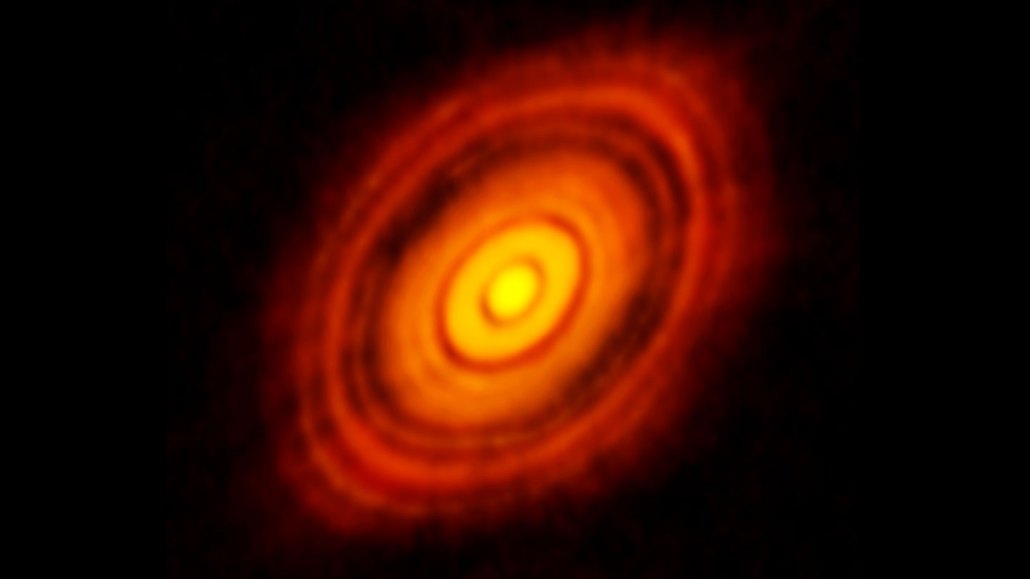
Planet-building disks of gas and dust (one pictured) survive for millions of years longer around orange and red dwarf stars than astronomers realized, a new study suggests.
ALMA/ESO, NAOJ and NRAO

Planet-building disks of gas and dust (one pictured) survive for millions of years longer around orange and red dwarf stars than astronomers realized, a new study suggests.
ALMA/ESO, NAOJ and NRAO